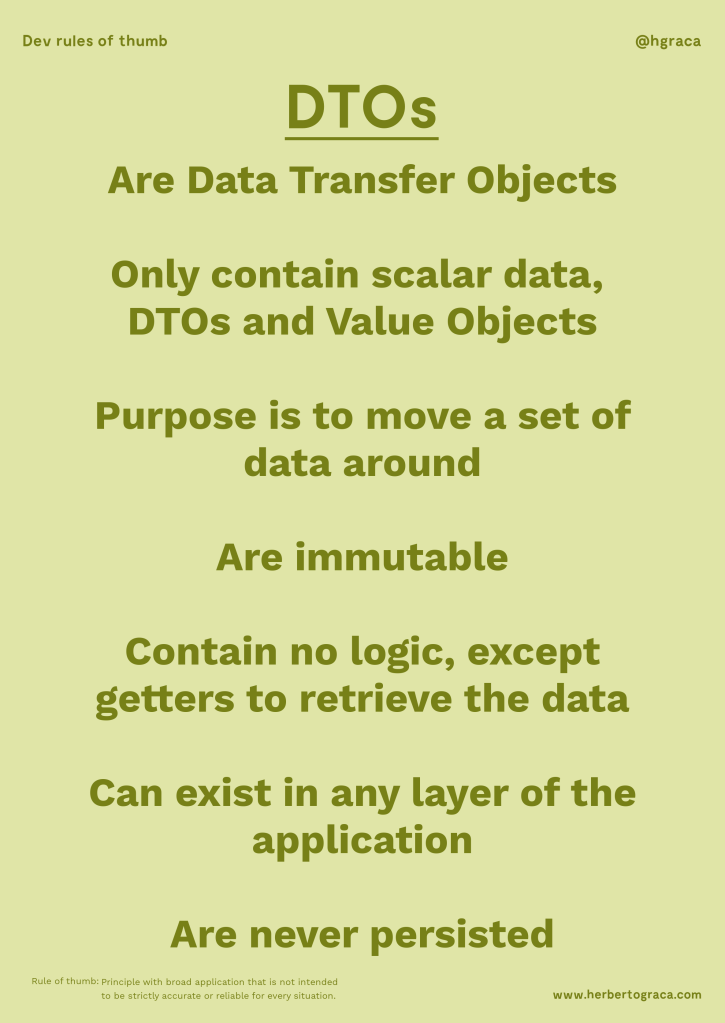This post is part of my Dev rules of thumb series. In them, I leave you with a poster with a few rules I follow for each concept, which you can print out and scatter around your office, and a brief explanation of what that pattern is about. You can also find a PDF of the poster at the bottom of this post, for better quality printing. However, please remember, a dev rule of thumb is a Principle with broad application that is not intended to be strictly accurate or reliable for every situation.

When we think of a view, we usually relate it to the MVC pattern, created in the late 1970s by Trygve Reenskaug. However that was a long time ago and software development has changed, although mostly the context. Nowadays we create much larger and complex applications than in the late 1970s, and I dare say most of them are web applications, which was not the case at that time. So what we commonly call MVC in web-development nowadays, is not what was originally created by Trygve Reenskaug.
Continue reading “Views / Templates”
